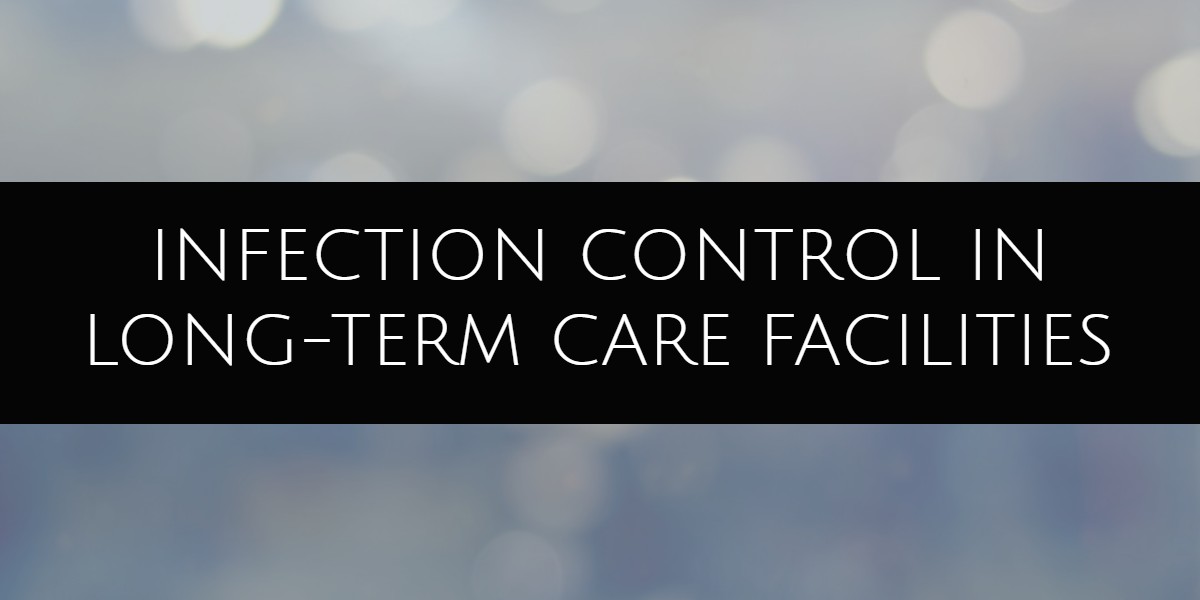Devastating news struck the U.S., parents, and workers at a New Jersey long-term care facility where ten children died as the result of an adenovirus outbreak.

Combating Healthcare-Associated Infections in Long-Term Care Facilities
Facility cleanliness, sanitation, and occupant hand hygiene are critical factors in combating the ongoing challenge of HAI in long-term care facilities.
Unfortunately, in this instance, it appears that a combination of factors, including potential infection control and sanitation issues, combined with an extremely vulnerable demographic, may have heavily contributed to this tragedy.
A worker at the Wanaque Center for Nursing and Rehabilitation described filthy conditions and widespread mismanagement at the facility where a viral outbreak has claimed the lives of seven children and infected at least 11 others.
The worker said the conditions at the facility have to "play a part" in the outbreak.
Worker blames filthy conditions, mismanagement in deadly viral outbreak at N.J. facility
Additionally, according to Herald-Mail Media;
The long-term care center in Wanaque where seven severely debilitated children died this month from a fast-spreading virus was not equipped to quarantine the stricken children, the state health commissioner said in an interview Thursday.
The commissioner, Dr. Shereef Elnahal, said the Wanaque Center for Nursing and Rehabilitation did not have enough room to isolate the children when they became ill in the facility’s ventilator unit.
Nineteen children have been sickened by the virus, including one on Thursday.
All of the children were on ventilators and had compromised immune systems, making any effort to quarantine them all but impossible.
NJ center where 7 children died in outbreak was not equipped to quarantine patient
Cleaning & Hand-Hygiene as a Method of Infection Control
Two of the most critical factors in HAI prevention in any care facility is cleanliness and hand-hygiene.
Environmental cleaning and disinfection involve several moving parts in order to maintain a safe and healthy facility.
Healthcare staff are critical in maintaining the sanitation of medical equipment, as well as observing and reporting on potential contamination or cleanliness issues that must be addressed ASAP.
With proper staffing and training, such as identifying high-contact surfaces likely to carry and pass contagions, as well as the proper use and application of various cleaning and disinfection products, healthcare workers can substantially bolster the efficacy of your organization's cleaning and infection control procedures.
Maintaining, even enforcing, a high standard of hand-hygiene and hand-sanitation station cleanliness is also imperative.
Doctors and nurses are not the only occupants touching equipment, using the restroom, or washing their hands--sick patients routinely use these facilities and can pass or acquire germs to high-contact surfaces readily, especially when washing their hands, so make certain that in maintaining hand-hygiene, the stations are heavily monitored and maintained regularly.
The Germiest Spots in Hospitals
Coming into contact with germs in a hospital is almost unavoidable on a long enough timeline.
However, some surfaces have proven to be covered in far more germs, on average.
According to Readers Digest, the top ten germiest locations are:
- Privacy curtains.
- Bed rails.
- Over-the-bed carts
- IV poles.
- Elevator buttons.
- Armrests on visitor's chairs.
- Telephones.
- Water faucets, and;
- Any item regularly used by the nursing staff.
Source:
10 Things to Never Touch in Hospitals
What do all of these items have in common?
Dirty hands.
References & Resources
- Facility Where 10 Children Died From Adenovirus Outbreak Had Been Cited For Infection Control Lapses
- A Unit Guide To Infection Prevention for Long-Term Care Staff
- Hand Hygiene in Skilled Nursing Facilities
Takeaway
Regardless of the contributing factors, the deaths of multiple medically compromised children in a care facility of any kind is a tragedy and a dark stain on how we have viewed and approached cleaning and hand-hygiene in the past.
While HAI may be impossible to entirely eliminate, the staggering numbers of infections acquired in facilities where people are meant to get better, not worse, can no longer be considered acceptable.
Every member of the hospital staff, from executive managers to the janitors and nurses, bears some responsibility for the health, safety, and wellbeing of the fragile charges placed in their care.
If you would like to learn more about the benefits of outsourcing your long-term care facilities' infection control and janitorial requirements--contact us today for a free quote!
In Bakersfield CA, call (661) 437-3253
In Fresno CA, call (559) 206-1059
In Valencia CA, or Santa Clarita CA, call (661) 437-3253

